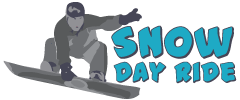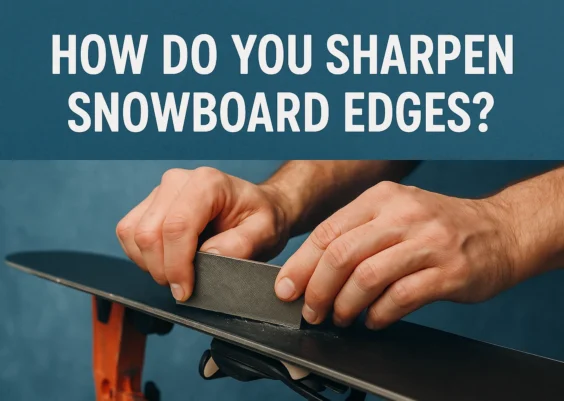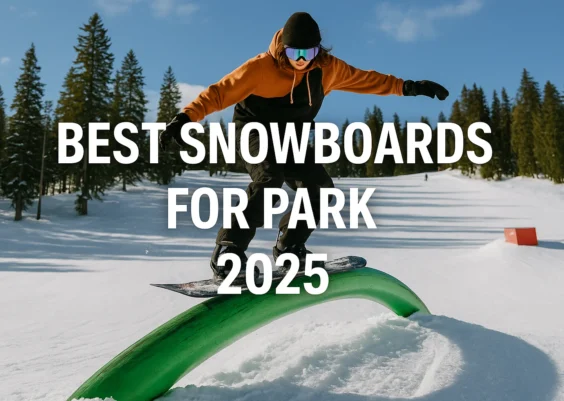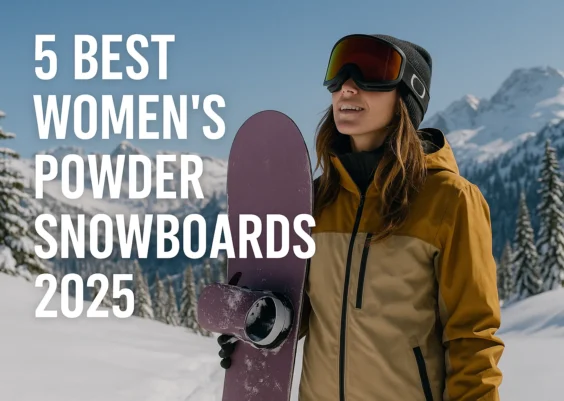Key Points
- Snowboarding works your legs, core, and stabilizer muscles.
- Strong muscles improve balance, endurance, and control on the slopes.
- Targeted exercises prepare your body and lower the risk of injury.
- Both beginners and advanced riders benefit from strength training.
What muscles does snowboarding work? The answer covers nearly your whole body. Snowboarding is more than sliding downhill. It’s a demanding workout that tests strength, balance, and endurance.
Your legs carry most of the load, while your core and back stabilize every move. Even arms and shoulders play a role when you fall or recover. Training these muscles before the season makes snowboarding smoother and safer.
This guide explains the main muscles worked, the supporting groups that help, and the best exercises to prepare for snowboarding.
Snowboarding Muscles and Exercises Summary
| Muscle Group | Role in Snowboarding | Best Exercises |
|---|---|---|
| Quadriceps | Control stance, absorb bumps, support turns | Squats, Sumo Squats |
| Hamstrings | Balance knees, absorb shocks, protect joints | Lunges, Deadlifts |
| Glutes | Drive hip power, support posture, aid carving | Squats, Lunges, Deadlifts |
| Calves | Control ankle stability, manage edge pressure | Calf Raises, Jump Rope |
| Core (Abs & Obliques) | Maintain balance, rotate body, protect spine | Planks, Russian Twists |
| Lower Back | Support crouched stance, link upper & lower body | Deadlifts, Superman Exercise |
| Shoulders & Arms | Balance support, absorb impact during falls | Push-Ups, Resistance Band Pull-Aparts |
| Hip Flexors | Assist quick edge changes, knee lifts | Hip Flexor Stretches, Leg Raises |
| Adductors (Inner Thigh) | Stabilize legs, control edge grip during carving | Sumo Squats, Side Lunges |
| Abductors (Outer Thigh) | Support hip alignment, prevent knees from caving in | Side-Lying Leg Lifts, Resistance Band Walks |
| Chest | Push off after falls, stabilize upper body | Push-Ups, Bench Press |
| Trapezius & Upper Back | Keep posture upright, stabilize shoulders | Superman Exercise, Band Pull-Aparts |
What Muscles Does Snowboarding Work?
Quadriceps
Quads do most of the work. They bend your knees, absorb shocks, and hold your stance. Carving, landing, and stopping all depend on quad strength. Long runs quickly tire them, so building endurance here pays off.
Hamstrings
Hamstrings balance knee movement against the quads. They act like shock absorbers when landing jumps or riding uneven terrain. Strong hamstrings reduce strain on ligaments and protect your knees from injury.
Glutes
Glutes power hip movement, which drives control and carving strength. They keep your hips stable, lower the pressure on your spine, and add explosive power for tricks and spins.
Calves
Calves keep your ankles firm inside boots and bindings. They control weight shifts from heel to toe, which is the core of balance on the board. Weak calves make edge control harder, especially on icy slopes.
Core (Abs and Obliques)
A strong core stabilizes your whole body. Abs protect your spine, while obliques allow smooth rotation during spins and turns. A weak core makes balance difficult and increases back pain after long rides.
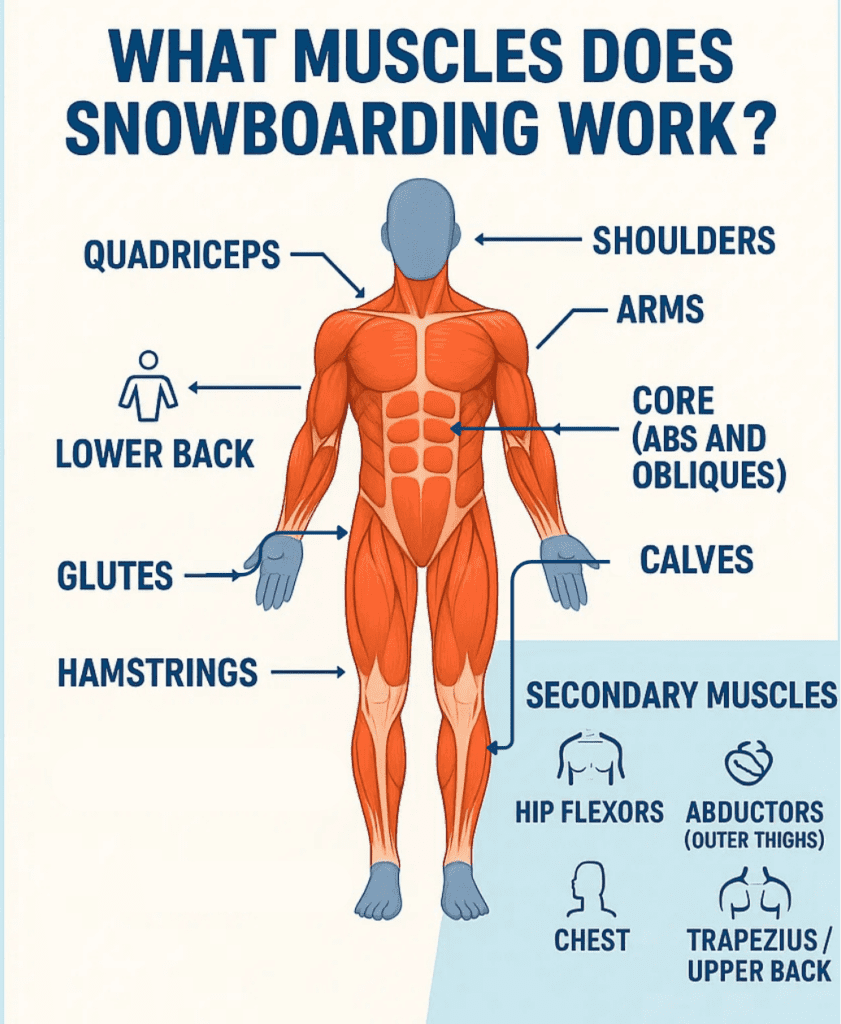
Lower Back
Lower back muscles support posture in the crouched stance. They also link upper and lower body movement. If weak, they cause soreness after a full day. Building this area improves alignment and reduces fatigue.
Shoulders and Arms
Shoulders and arms are secondary, but still matter. They assist with balance during sharp turns and absorb impact when you fall. Push strength here helps you get back up quickly.
Secondary Muscles
Hip Flexors
They lift your knees and allow quick edge changes. Strong hip flexors improve agility and faster adjustments on the board.
Adductors (Inner Thighs)
These stabilize your legs and control board grip while carving. They prevent your stance from collapsing inward.
Abductors (Outer Thighs)
Abductors keep knees aligned and hips steady. They work with glutes to support stability during turns.
Chest
Your chest muscles activate when you push yourself up from the snow. They also stabilize the upper body when doing grabs or tricks.
Trapezius and Upper Back
These muscles hold posture upright, support your shoulders, and reduce stiffness after long sessions.
Exercises to Make Ready the Muscles for Snowboarding
Squats
Squats target quads and glutes. They mimic snowboarding stance and build endurance. Do 3 sets of 12–15 reps.
Lunges
Lunges strengthen hamstrings and glutes while improving balance. Step forward or backward, then return. Repeat 10 reps per leg.
Deadlifts
Deadlifts hit hamstrings, glutes, and lower back. Focus on form. Perform 2–3 sets of 8–10 reps.
Calf Raises
Stand on your toes, hold, then lower slowly. Builds calf endurance and ankle stability. Do 3 sets of 20 reps.
Planks
Planks build core strength. Hold for 30–60 seconds. Add side planks to strengthen obliques.
Russian Twists
Sit with bent knees, lean back, and twist side to side. Works obliques and rotation control.
Hip Flexor Stretch and Raises
Kneeling hip stretch improves mobility. Leg raises strengthen hip flexors for fast edge changes.
Side-Lying Leg Lifts
Strengthen abductors by lying on one side and lifting your leg slowly. Repeat 12 reps per side.
Sumo Squats
Wide-stance squats build adductor strength. Important for strong edge grip during carving.
Push-Ups
Push-ups strengthen chest, shoulders, and arms. Essential for recovery after falls.
Superman Exercise
Lying face down, lift arms and legs off the ground. Builds lower back and upper traps.
Resistance Band Pull-Aparts
Strengthens shoulders and upper back. Improves posture and stability.
FAQs
Does snowboarding build muscle?
Yes. It strengthens legs, glutes, core, and back. These muscles grow with consistent practice, making snowboarding a functional workout.
Is snowboarding a good workout for the whole body?
Yes. While legs do most of the work, arms, shoulders, and chest stay engaged. Combined with its cardio effect, snowboarding becomes a full-body workout.
How many calories does snowboarding burn?
A 150-pound person burns 300–500 calories per hour. Steep slopes, deep powder, or longer sessions increase calorie burn above 1,500 in a day.
Do arms matter in snowboarding?
Yes. Arms balance your body and absorb impact during falls. Strong shoulders also make it easier to push up from the snow.
Can snowboarding replace leg day at the gym?
No. It works legs hard but doesn’t cover all muscle-building needs. Strength training in the gym builds extra support for better performance.
What muscles get sore first when learning snowboarding?
Quads, calves, and lower back often feel sore after the first sessions. Shoulders and arms also ache because of repeated falls and recovery.
Final Thought
What muscles does snowboarding work? It activates quads, hamstrings, glutes, calves, core, lower back, and supporting groups like hip flexors, adductors, and shoulders. This makes it both a sport and a workout. Preparing these muscles with targeted exercises improves balance, prevents injury, and makes snowboarding more enjoyable. Train smart in the gym, then take it to the slopes. When your body is ready, every ride feels smoother, stronger, and more rewarding.
